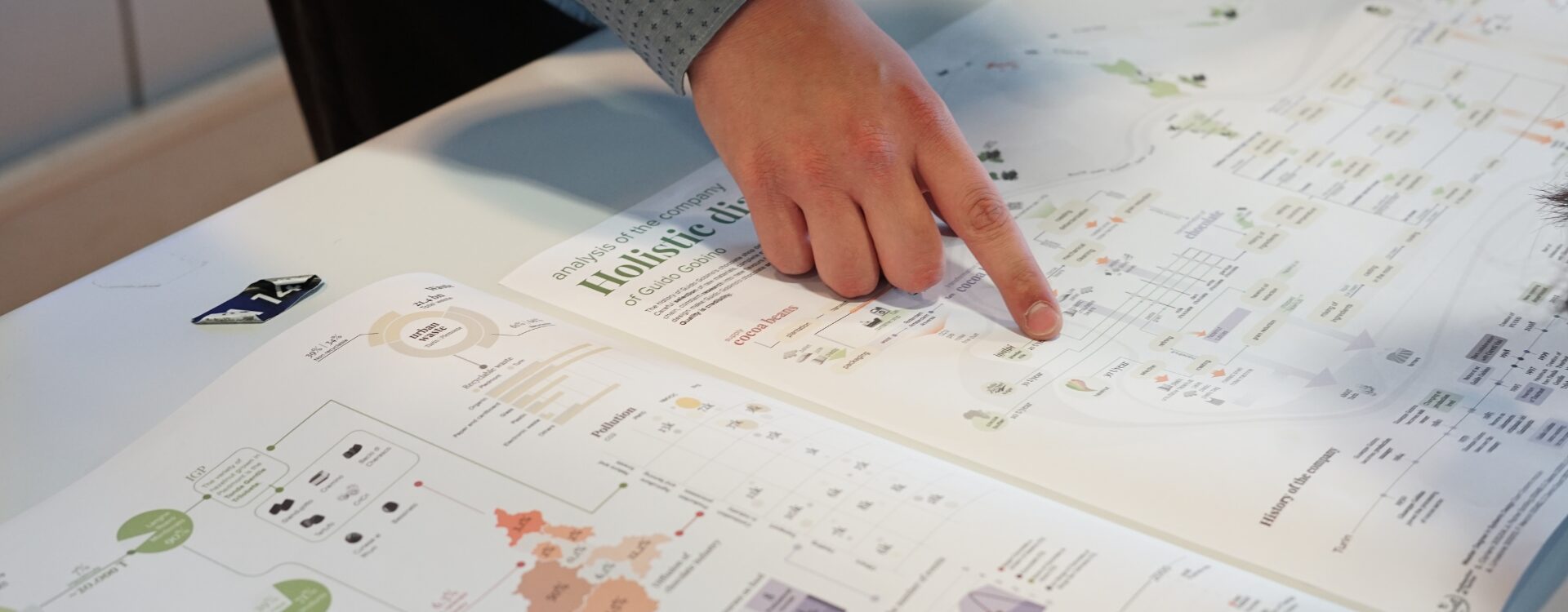Biomimicry and systemic design are methodologies that share a common foundation: both draw inspiration from nature’s principles and processes to develop innovative, sustainable solutions deeply connected to their contexts. These approaches converge in their goal of addressing complexity, emphasizing holistic thinking and interconnection. However, they often focus on isolating specific mechanisms, treating nature as a repository of self-regulating systems.
Biomimicry frequently adopts an evolutionary perspective that is essentially independent of the physical space in which an organism operates, without fully considering the interdependencies that sustain it. Similarly, while systemic design is comprehensive, it sometimes struggles to integrate the relational dynamics that characterize living ecosystems.
This traditional perspective can be expanded by embracing a relational approach, inspired by Donna Haraway’s concepts of making kin and the more-than-human. These ideas highlight the inseparability of humans and designed systems from their broader ecological and social networks. By shifting the focus toward sympoiesis, or collective creation, the goal is not merely to imitate nature but to actively collaborate with it, fostering systems that regenerate, transform, and sustain their ecological contexts.
This perspective challenges the human-nature dualism, promoting a systemic vision in which all forms of life are recognized as active participants in design processes. Such a relational paradigm naturally extends into design practices that go beyond conventional biomimicry or biodesign. At its core, it envisions a process of “becoming-with”, in which all actors—human, non-human, and ecological—actively co-create, continuously reshaping one another in ways that give rise to new, resilient assemblages.
This dynamic and integrative framework offers a path to rethink design as a means of fostering harmony and interdependence, addressing the complex challenges of sustainability and systemic transformation.
The project invites visitors to reflect on how we perceive the world and the intricate relationships that shape it, challenging us to reimagine these dynamics through a new lens. By shifting perspectives, we can begin to see ecosystems not as passive backdrops to human activities but as active and integral participants in the design process. Through an interactive experience, visitors will explore where and how regenerative approaches and diverse realities can converge to reshape our environment.
IN COLLABORATION WITH
BEF – Biosystem, MICS (Made in Italy Sostenibile e Circolare), Politecnico di Torino, Università degli Studi di Firenze
